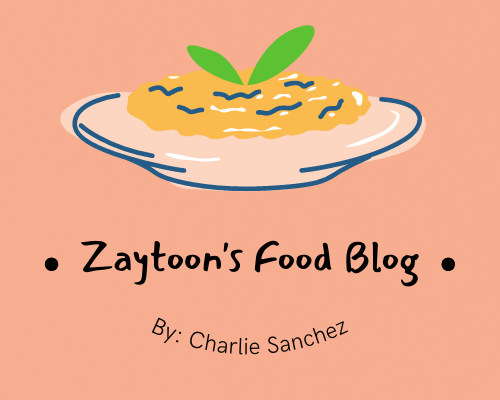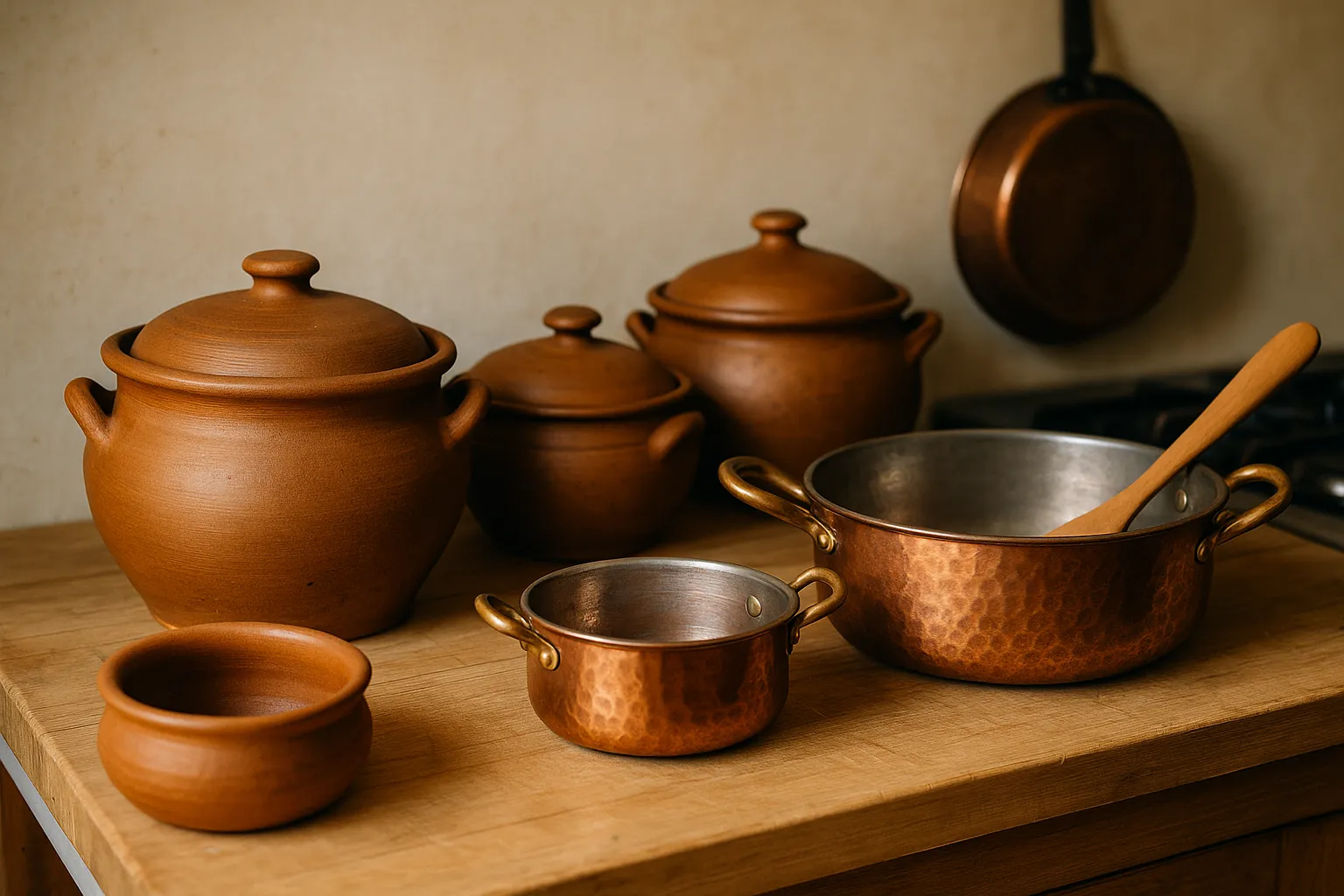If you’ve tasted Middle Eastern food at restaurants, you know how amazing those flavors can be. But here’s the thing, your homemade versions probably don’t taste the same. The answer is in using the Middle Eastern cookware our ancestors used.
In this guide, we’ll show you how traditional cooking vessels change ordinary ingredients into extraordinary dishes. We’ll cover:
- Clay pots that lock in moisture
- Copper pans with superior heat spread
- Simple care techniques for lasting cookware
- Building your starter collection affordably
Through years of experimenting in my own kitchen and studying traditional cooking methods from around the world, I’ve discovered that using the right pot can make a difference.
Let’s start with the most ancient cooking vessel that still outperforms modern alternatives.
Clay Cooking Pots: Earth’s Gift to Your Kitchen
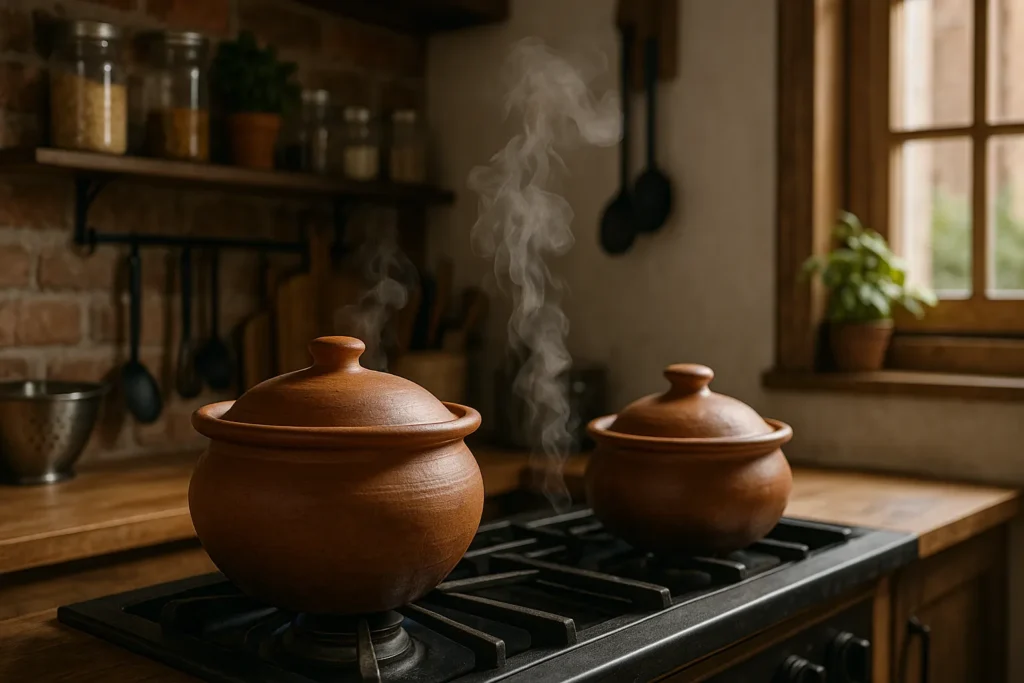
Clay cooking pots have been around for thousands of years, and there’s a good reason why they’re still used today. These vessels lock in moisture, heat evenly, and add natural flavors that modern pans just can’t match.
Why It Makes Food Taste Better
Clay makes food taste better because the material breathes during cooking. The porous surface slowly releases moisture back into your food, so vegetables stay tender and beans cook perfectly. What’s more, clay heats evenly across the entire surface, which means you won’t get hot spots that burn your ingredients.
Popular Middle Eastern Clay Pot Varieties
Let’s explore the different but not-so-different cultures.
The tagine from Morocco creates steam that circulates back to your food. Meanwhile, Iranian khorak pots work great for slow-cooking stews with spices and stock. On the other hand, Turkish güveç pots are perfect for baking dishes with grains and vegetables that need gentle, even heat.
The Science Behind Clay’s Heat Retention
Clay absorbs heat slowly and releases the warmth gradually. So, when you prepare food in these pots, the steady temperature keeps nutrients intact better than metal pans. Plus, the material adds tiny mineral traces that enhance flavor in ways our grandmothers understood but couldn’t explain.
While clay offers gentle cooking, copper brings precision to your kitchen.
Copper Pans: The Metal That Changed Middle Eastern Cooking
Did you know that copper has been used in Middle Eastern kitchens for over 5,000 years? The metal recently became popular because of how quickly it responds to temperature changes. But copper responds instantly when you adjust the fire temperature, so you get complete control over preparing your food.
Traditional Middle Eastern copper pots come in several types that are still popular today. Here are the main copper cookware options you’ll find in Middle Eastern kitchens:
- Tava pans: Wide, shallow vessels perfect for making flatbreads and roasting spices until fragrant. Unlike cast iron, copper tava pans heat evenly, so your bread won’t have burnt spots or raw patches.
- Stock pots: Professional cooks love these deep copper containers for slow-cooking beans and preparing large batches of soup. The reason is simple. The thick walls retain heat longer than aluminium pots, which saves both fuel and time.
- Hammered pans: Artisans create these thick-bottomed vessels that cook grains like rice and bulgur without burning. The hammered texture helps distribute heat more evenly than smooth-surfaced pans from other materials.
Many professional chefs prefer copper because with copper pans, they can control the temperature, which prevents ingredients from overcooking. Over time, copper develops a natural patina that actually improves its cooking performance.
Now that you understand both materials, let’s see how clay and copper create authentic flavors.
How Traditional Cookware Shapes Authentic Food Preparation
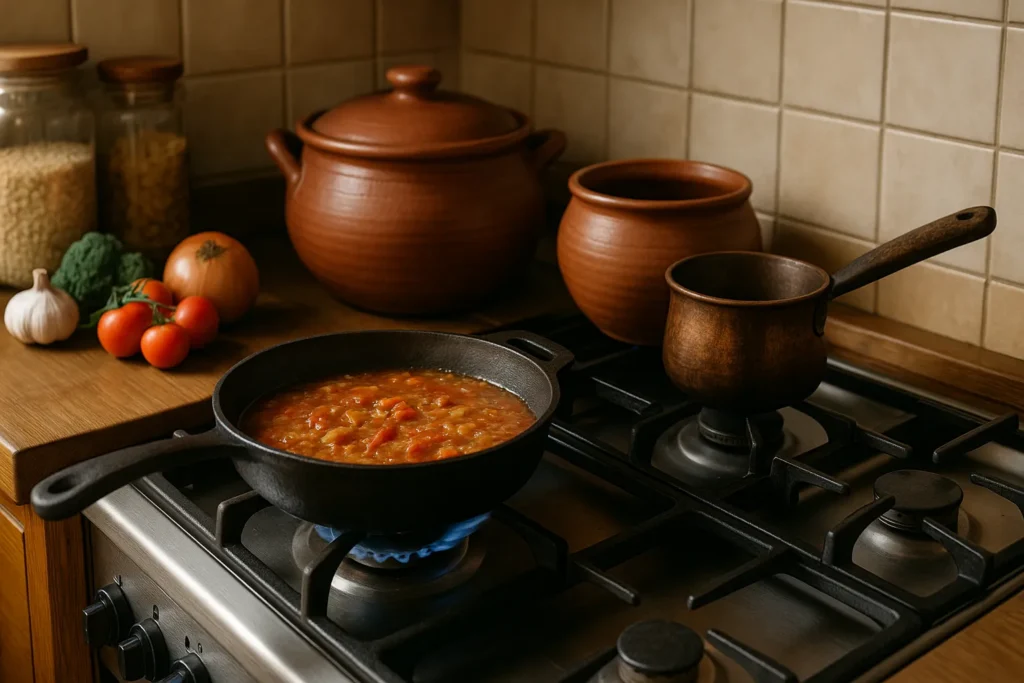
As we’ve mentioned before, traditional cookware shapes authentic food preparation by changing how heat moves through your ingredients and how flavors develop at the molecular level. Clay and copper pots actively improve the cooking process, while modern materials simply hold your food without adding benefits.
Let’s compare how different materials affect your end results:
- Clay pots: Porous clay releases moisture slowly during cooking, which keeps vegetables tender and prevents beans from getting mushy. The steady heat distribution also preserves more nutrients than metal pans that create temperature spikes.
- Copper pans: Professional chefs love copper because the material responds instantly to heat changes, preventing overcooking and maintaining natural texture. Copper also conducts heat so evenly that delicate sauces won’t curdle or separate like they might in other pans.
- Modern non-stick: Quick heating saves time but creates uneven hot spots that destroy nutrients and burn food. The chemical coating also breaks down at high temperatures, which limits your food prep options compared to traditional materials.
When you prepare traditional Middle Eastern dishes like slow-cooked beans or fragrant rice, the cookware material makes a huge difference.
Of course, getting the best results from these traditional pots means taking proper care of them.
Caring for Your Middle Eastern Cookware Collection
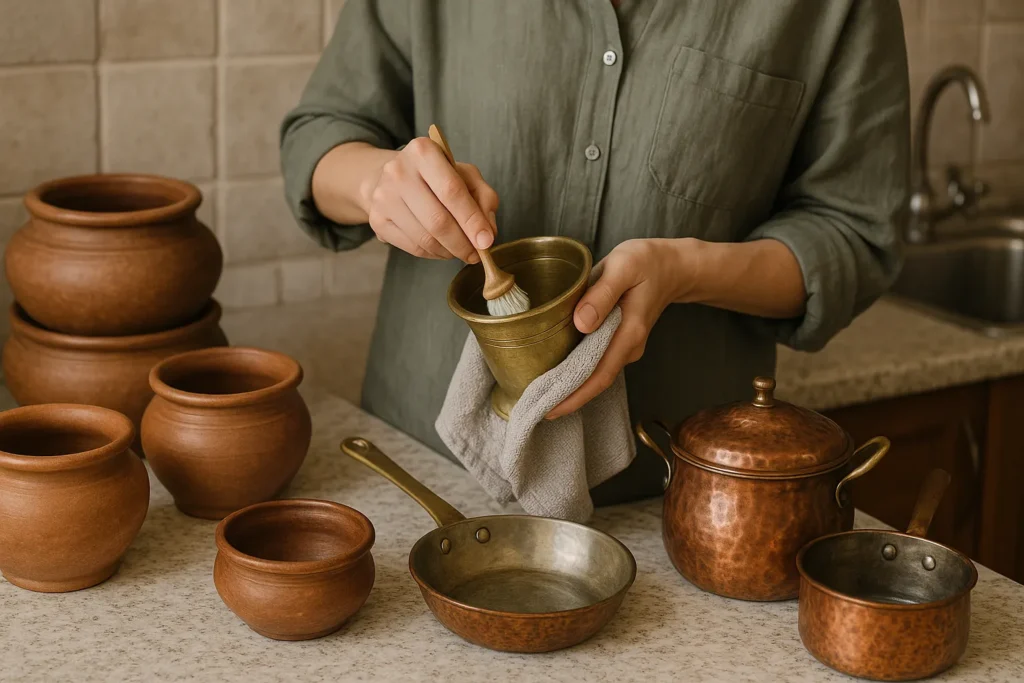
Your traditional cookware will last for generations if you treat it right, but clay and copper need different care than modern pans. Plus, proper maintenance takes just a few minutes and protects your investment for years to come.
Follow these simple care guidelines:
- Prepare new clay: First-time users should soak these pots in water for at least 15 minutes to prevent cracking during initial heating. Because Clay pots that skip the soaking step often crack when exposed to high temperatures for the first time.
- Maintain copper shine: Experienced cooks use lemon juice mixed with salt to remove tarnish, then wash with warm water and dry immediately. Simply remember that regular cleaning keeps copper looking beautiful and prevents the green oxidation that can affect the taste.
- Choose storage spots: Clay cookware stays best in dry locations, while copper pans need good air flow to prevent oxidation and discoloration. Location affects results because damp storage areas can cause clay to develop mold or copper to tarnish faster than normal.
- Protect from shock: Temperature changes can crack clay or warp copper, so always let hot pots cool down slowly at room temperature. The main point is that sudden cooling methods like cold water can permanently damage even high-quality traditional cookware.
With proper care and knowledge, you’re ready to start building your collection of traditional Middle Eastern cookware.
Building Your Traditional Cooking Arsenal
You don’t need to buy everything at once. Start with one good clay pot for slow cooking and one copper pan for rice and grains.
Look for options at Middle Eastern markets where you can find authentic pieces. Many family-owned shops offer quality cookware that has been sold in carts for generations. Plus, local vendors often provide helpful advice about caring for traditional pots and pans.
As I continue my own cooking journey, I’ve learned that investing in traditional cookware makes a real difference in flavor. The authentic taste you get from clay and copper pots is worth every penny you spend.
What’s your favorite Middle Eastern dish to cook? Share your recipes and cooking experiences in the comments below, and let’s build our cooking community together at Zaytoon’s Food Blog.
